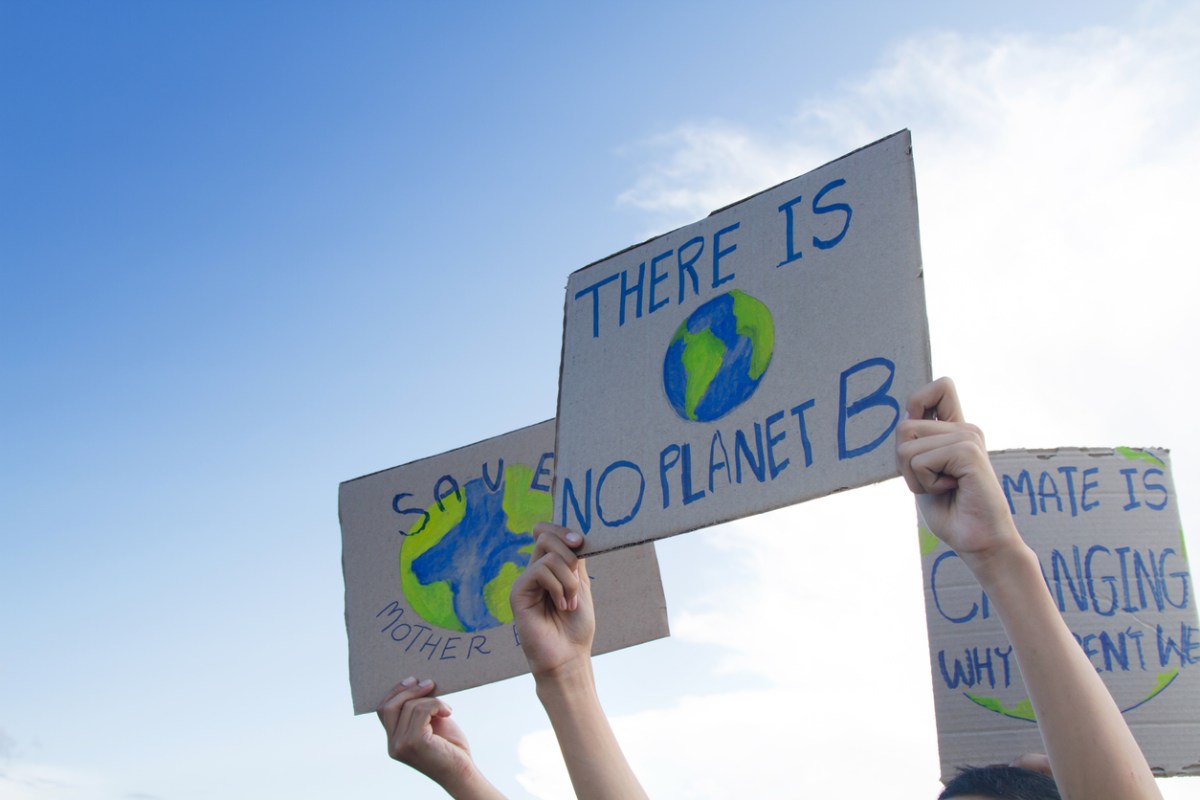COP 26 has concluded with Alok Sharma banging the gavel, and despite some tears at a last-minute coal-compromise, progress has been made in a bureaucratic arena that makes any kind of agreement staggeringly difficult.
Ministers and policy makers will go back to their home countries with a new set of targets and pledges that greatly exceed the ambition of the Paris Agreement. Then, they’ll begin the next stage of the process, upgrading their NDCs and implementing domestic policy to put the talk into action.
From there, it’s up to the scientists, the innovators, the business leaders and the financiers to answer the call for a new way forward.
It’s a process, there’s no finish line.
Currently Not On-Track for 1.5°C
Even with a boost in ambition towards the goal of limiting global warming to 1.5°C (rather than Paris’ 2°C), the culmination of pledges from global governments still won’t ensure we stay below 1.5°C.
Current estimates, based on updated targets, suggest the likely best-case increase will be 2.4°C. This includes India’s pledge to reach net-zero by 2070, and Australia’s toothless promise to reach the milestone by 2050.
But of course these are just promises, the next stages in the process involve boosting NDCs then getting domestic agreement on policy and legislation. And if the example in Australia is anything to go by this will be a fraught process.
First Mention of Fossil Fuels in a UN Climate Deal
It’s a process, but it’s slow. The glacial pace is shown by the fact that this COP 26 text has been the first to include the term ‘fossil fuels’, it may shock many to realise that this has not previously been explicitly called-out in a UN climate deal.
The wording said parties would end “ineffective subsidies for fossil fuels”, it’s painfully ambiguous, and in documents like this any ambiguity is recognised as a potential loop-hole.
Article 6 and Global Carbon Trading Rules
Agreeing a global set of rules in any arena is hard, really hard, so the impact of reaching agreement on Article 6 can’t be understated. We discussed the details of what Article 6 is all about last week, but essentially it finalises the rules from Article 6 of the Paris Agreement relating to global trading of carbon offsets.
The new rules will ensure there’s no double counting of offsets, meaning the country producing the offset can’t count the work towards their own emissions reduction if they also plan to sell it to another country who will count it on their carbon ledger.
The rules set the stage for greater global cooperation on carbon trading, with the potential for a more efficient marketplace to emerge that offers greater liquidity, transparency and most importantly, boosts incentives to keep trees in the ground and to innovate towards carbon abatement.
The Final Word…
Alok Sharma, President of COP26, said he was “deeply sorry” for how the gathering concluded with last minute changes on the wording about coal.
“May I just say to all delegates I apologise for the way this process has unfolded and I am deeply sorry.”
“I also understand the deep disappointment but I think as you have noted, it’s also vital that we protect this package.”
British Prime Minister Boris Johnson said there’s still a “huge amount” of work to do.
“But today’s agreement is a big step forward and, critically, we have the first ever international agreement to phase down coal and a roadmap to limit global warming to 1.5 degrees. I hope that we will look back on COP26 in Glasgow as the beginning of the end of climate change, and I will continue to work tirelessly towards that goal.”
John Connor, CEO of Carbon Market Institute said:
“COP26 concluded with significant achievements, but still leaves the world short of the ambition and action required to avoid massive climate costs and missed economic opportunities for Australia.”
Climate Council Head of Research Dr Simon Bradshaw said 140 countries lifted their game on climate action at COP26, while Australia cemented its reputation as a laggard and blocker.
“The federal government showed up empty-handed to a pivotal moment in the fight for our future. They’ve let down our Pacific neighbours, as well as Australians who do not deserve to endure more frequent and severe bushfires, floods, droughts and heatwaves,” Dr Bradshaw said.
“As our allies and trading partners rise to the climate challenge, we’re stuck in a polluting past with a handful of countries including Russia and Saudi Arabia. The Government’s own Net Zero modelling, released two days ago, predicts Australia will still be a major coal and gas exporter in 2050.
“The Glasgow Climate Pact has made it very clear that our government must come back to the table next year with a stronger 2030 target. It’s time to slash carbon pollution this decade, as if our futures depended on it – because they do.”
Rebecca Mikula-Wright, CEO of IGCC, said.
“Global warming of above 1.5°C presents irreversible, foreseeable and large-scale risks to investors and financial markets. The commitments that have come out ahead and as part of Glasgow have been significant but global action is still falling short.
“The net zero emissions transition is inevitable and already underway, and investors want to seize the enormous investment opportunities, worth trillions of dollars, that will be created. There is a huge opportunity to create new jobs and boost economic growth, but only for those countries that get ahead of the curve.

